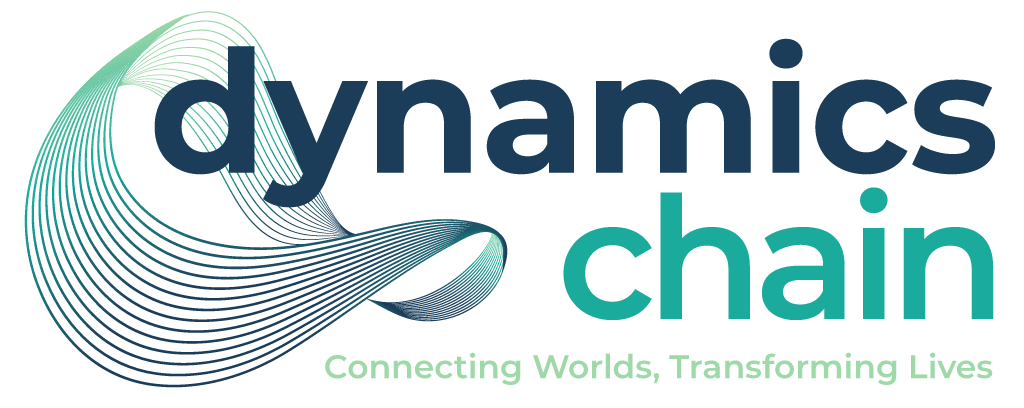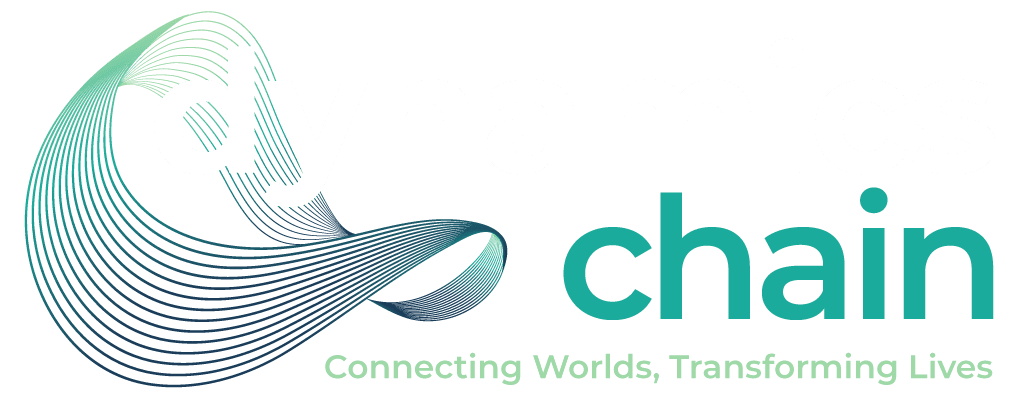Predictions for the Next Digital Revolution
The digital realm is ever-evolving, and as we approach 2023, it’s clear that the pace of innovation is not slowing down. From the intricacies of quantum mechanics to the vast potential of blockchain, the future of technology is both exciting and transformative. Let’s explore the top trends that are set to shape the next digital revolution.

I. Quantum Computing: The Quantum Leap
As we approach 2023, quantum computing is transitioning from theoretical discussions to tangible advancements, promising to reshape various industries.
- The Quantum Advantage: At the heart of quantum computing are qubits. Unlike traditional bits, which are either 0s or 1s, qubits can be both simultaneously. This unique property, known as superposition, allows quantum computers to process vast amounts of information at once, offering speeds that are exponentially faster than classical computers.
- Revolutionizing Industries: The potential of quantum computing is vast:
- Pharmaceuticals: By simulating complex molecular structures, there’s potential for faster drug discoveries.
- Finance: Quantum algorithms can optimize trading strategies, offering more efficient financial solutions.
- Logistics: For industries reliant on logistics, quantum computing can optimize delivery routes, ensuring maximum efficiency.
- Recent Breakthroughs: 2023 has seen significant progress in quantum computing. IBM, for instance, has made strides in quantum error-detection, a crucial step for the practical application of quantum computers. Another highlight is the Quantinuum H-Series quantum computer, which set new performance benchmarks in the quantum realm.

Tags
Rise of AI, Web3, and Global Connectivity
The digital realm is ever-evolving, and as we approach 2023, it's clear…
II. Blockchain: The Digital Trust Architect
Blockchain technology, once a nascent concept, has now firmly established itself as a revolutionary force in the digital realm. As Forbes aptly puts it,
"The future of business lies in the digital realm. Companies that fail to adapt to the digital revolution risk becoming obsolete."
Beyond Cryptocurrencies: While cryptocurrencies like Bitcoin and Ethereum brought blockchain to the limelight, the technology’s potential is vast and multifaceted.
- Decentralized Power: The essence of blockchain lies in its decentralized nature. Unlike traditional systems where a single entity holds authority, blockchain distributes control among all its participants. This decentralization ensures unparalleled transparency and security. Any attempt to alter information would necessitate the consensus of the majority, making tampering nearly impossible.
- Beyond Cryptocurrencies: While cryptocurrencies like Bitcoin and Ethereum brought blockchain to the limelight, the technology’s potential is vast and multifaceted:
- Supply Chain Transparency: Companies like De Beers are using blockchain to trace the journey of diamonds, ensuring they are ethically sourced and authentic.
- Agriculture: Blockchain is being employed to track the journey of agricultural products from farm to table, guaranteeing quality and safety.
- Smart Contracts: These self-executing contracts with the agreement directly written into code lines can automate and streamline complex processes in industries like real estate and entertainment.
- Metaverse: The concept of a collective virtual shared space, created by converging virtually enhanced physical reality and interactive virtual spaces, is being built on blockchain. This decentralized metaverse allows users to own virtual land, assets, and even identities.
- NFTs (Non-Fungible Tokens): Revolutionizing the world of digital art, collectibles, and even real estate, NFTs represent unique digital items on the blockchain. Their popularity has skyrocketed, allowing artists and creators to monetize their work in unprecedented ways.
- Recent Advancements: The year 2023 has witnessed some groundbreaking developments in blockchain technology:
- Blockchain 4.0: This next phase of blockchain evolution promises to address issues like scalability, interoperability, and sustainability, making the technology more adaptable to various industries.
- Sharding: Ethereum, one of the leading blockchain platforms, is exploring sharding to improve scalability and transaction speed.
- Zero-Knowledge Proofs: This cryptographic method allows one party to prove to another that a statement is true, without revealing any specific information about the statement itself.
III. Sustainable Technology: The Earth’s Digital Allies
As the world grapples with the challenges of climate change, the tech industry has emerged as a beacon of hope, championing the cause of environmental sustainability. The year 2023 marks a pivotal moment in this journey, with several groundbreaking innovations and initiatives taking center stage.
- Tech Goes Green: The global tech community is making significant strides in its commitment to a greener future:
- Energy-Efficient Data Centers: Data centers, traditionally known for their high energy consumption, are undergoing a green transformation. Companies are now investing in renewable energy sources, such as solar and wind, to power these centers, significantly reducing their carbon footprint.
- Eco-Friendly Gadgets: The consumer electronics industry is witnessing a paradigm shift with the introduction of gadgets designed for longevity. These devices are not only energy-efficient but also built using sustainable materials, ensuring minimal environmental impact.
- Innovation with Compassion: The tech world’s commitment to sustainability goes beyond just product design and energy consumption:
- Sustainable Supply Chains: Blockchain technology is being leveraged to ensure transparency in supply chains, allowing consumers to trace the origin of products and verify their sustainability credentials.
- Green Tech Initiatives: Several tech giants are launching initiatives aimed at promoting sustainable practices. The Guardian emphasizes the broader implications of our digital age, stating,
“The digital age has democratized information, giving voice to millions who were previously unheard. But with this power comes responsibility.”
- Recent Advancements: 2023 has been a landmark year for sustainable technology:
- Climate Tech Trends: Innovations such as carbon capture and storage, green hydrogen, and bioenergy are shaping the future of sustainable tech.
- Smart Cities: Urban centers worldwide are integrating technology to create sustainable ecosystems, from waste management to energy-efficient transportation.
- AI for Sustainability: Artificial Intelligence is playing a crucial role in optimizing resource consumption, predicting environmental trends, and driving conservation efforts.
IV. Emerging Technologies: The Digital Orchestra
Navigating the digital age, it’s clear that the future isn’t about one standout technology but a symphony of them, harmoniously converging to redefine our world. The Harvard Business Review captures the essence of this transformation, noting,
“Digital transformation is not just about adopting new technologies; it’s about changing the very fabric of an organization.”
- Artificial Intelligence (AI): AI’s reach is vast and transformative, touching various sectors:
- Healthcare: AI is revolutionizing medical diagnostics, treatment predictions, and patient care. With deep learning, we can now predict diseases even before symptoms appear, tailor treatments to individual genetic makeups, and automate routine tasks to free up medical professionals’ time.
- Finance: Beyond automated trading, AI is powering credit risk models, fraud detection systems, and robo-advisors, offering personalized financial advice.
- Retail: From chatbots assisting online shoppers to AI-driven inventory management, AI is personalizing the shopping experience and optimizing supply chains.
- Transportation: Self-driving cars, optimized traffic flows, and predictive maintenance for vehicles are all becoming a reality thanks to AI.
- Agriculture: AI-driven drones monitor crop health, automated irrigation systems optimize water use, and predictive models forecast crop yields and pest outbreaks.
- Education: AI tailors learning to individual student needs, automates administrative tasks, and even assists in content creation for educators.
- 5G Connectivity: More than just speed, 5G is about connectivity:
- Empowering IoT: 5G will connect billions of devices in real-time, from smart refrigerators ordering milk to sensors monitoring urban traffic.
- Enhanced User Experience: Imagine AR games without lag, or virtual meetings where every participant feels like they’re in the same room.
- Remote Everything: Medical consultations, classroom lessons, or engineering projects – all happening remotely but feeling like you’re there in person.
- Augmented Reality (AR): AR is merging the digital with the tangible:
- Educational Tools: Imagine history lessons where students can “walk” through ancient Rome or science classes where they can “see” molecular structures.
- Retail Revolution: Shopping becomes an experience – try on clothes virtually or see how a new sofa looks in your living room.
- Workplace Collaboration: Design teams collaborating in real-time on a virtual prototype or managers walking through a digital dashboard during a virtual meeting.
- Edge Computing: As the digital landscape grows, processing closer to the data source becomes essential:
- Real-time Processing: For DynamicsChain’s communication solutions, immediate data processing is crucial, especially in IoT devices where real-time responses can be critical.
- Neural Interfaces: Bridging minds and machines:
- Direct Communication: Imagine controlling devices with thoughts or having AI-enhanced cognitive abilities. For DynamicsChain, this can open avenues in AI-driven communication solutions.
- Distributed Ledger Technology (DLT): Beyond cryptocurrencies:
- Transparent Transactions: Every transaction is recorded, making audits straightforward and ensuring data integrity.
- Decentralized Control: No central authority means reduced vulnerabilities and increased transparency.
- Robotics and Automation: The next step in AI:
- Automated Processes: For DynamicsChain, this could mean AI-driven bots handling routine tasks, freeing up human resources for more strategic roles.
- Collaborative Robots: Robots working alongside humans, learning from them, and assisting in tasks ranging from manufacturing to customer service.
Conclusion
The digital horizon of 2023 is not just about the rise of individual technologies but their convergence to create a harmonious and transformative digital orchestra. As the World Economic Forum reminds us,
“The digital divide is not just a technological issue; it’s a societal one.”
At DynamicsChain, the commitment isn’t just to be a spectator of this digital symphony but to be a maestro, orchestrating change, driving innovation, and shaping a future that’s not only technologically advanced but also sustainable, inclusive, and forward-thinking.
References:
- IBM Quantum Computing
- Quantinuum H-Series Quantum Computer
- Blockchain Decentralization Explained
- De Beers Diamond Traceability
- Green Tech Initiatives
- Sustainable Technology Trends 2023
- AI in Healthcare
- 5G and IoT
- AR in Education
- Edge Computing in IoT
- Neural Interface Innovations
- DLT Beyond Blockchain
- Robotics and Automation




